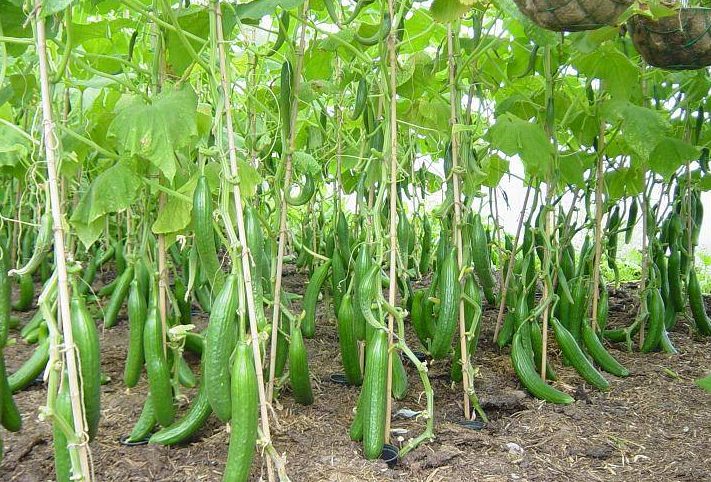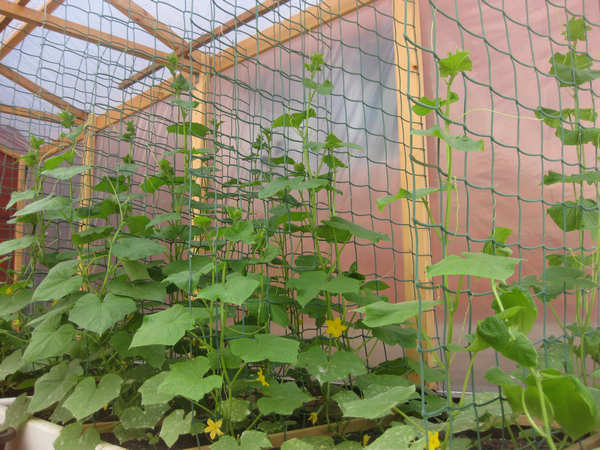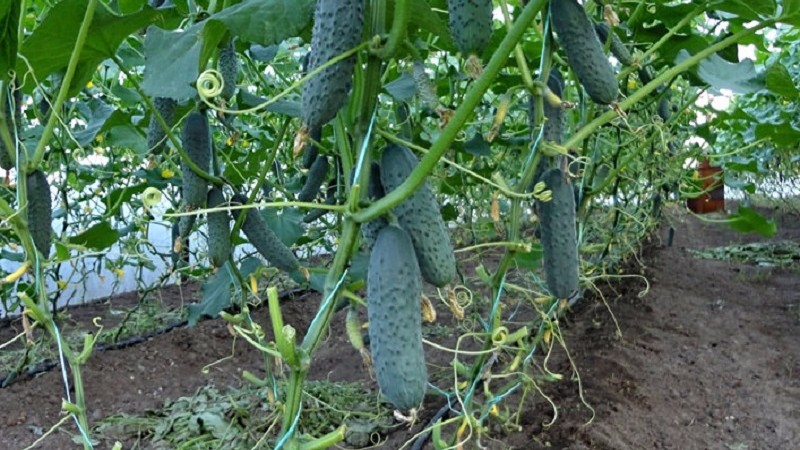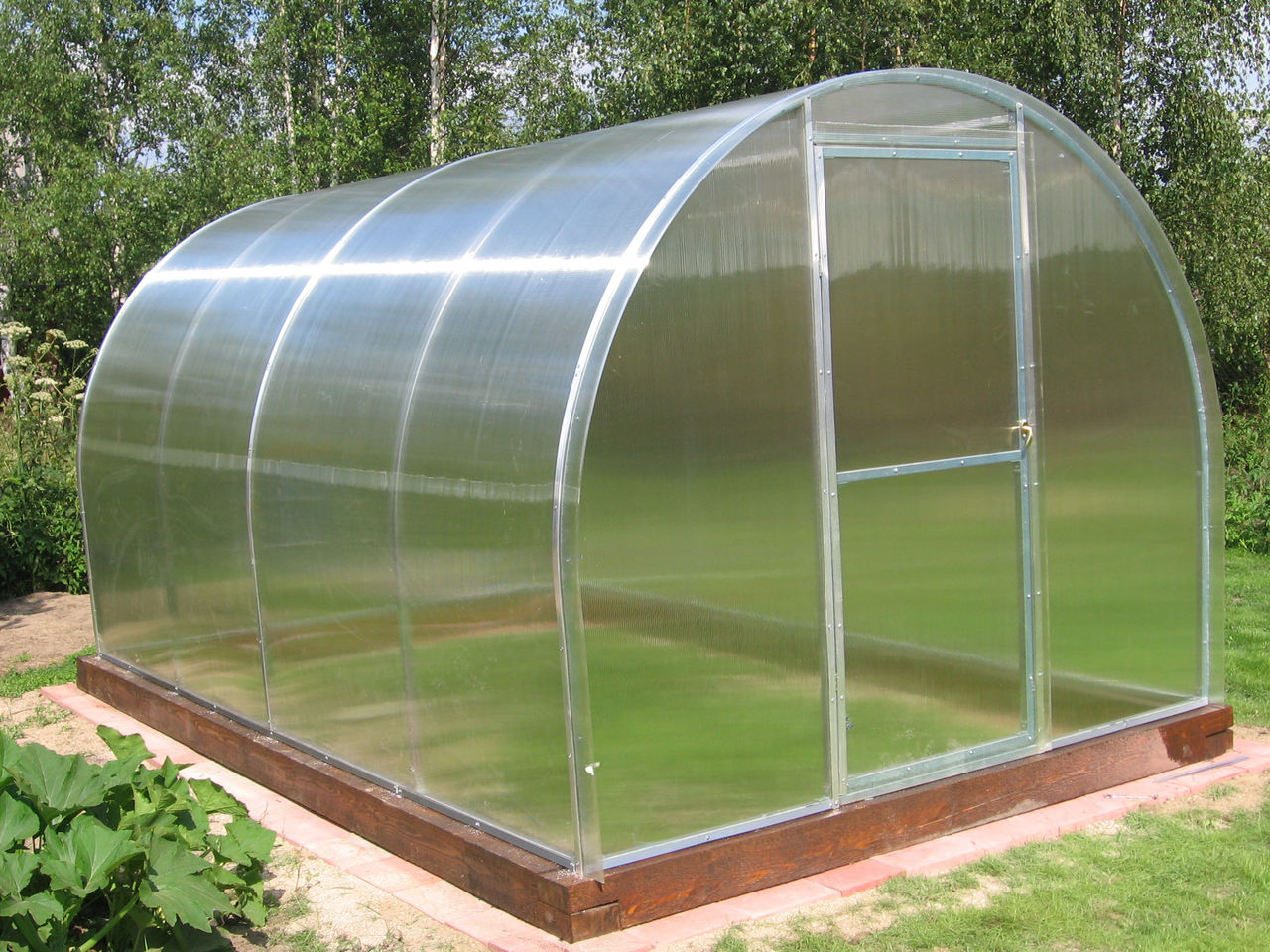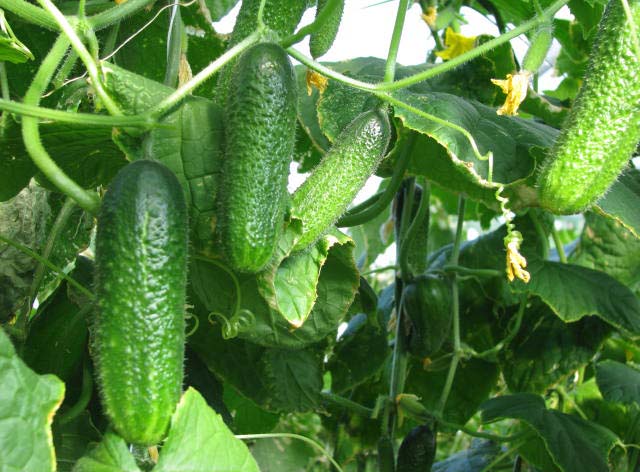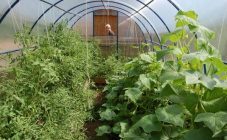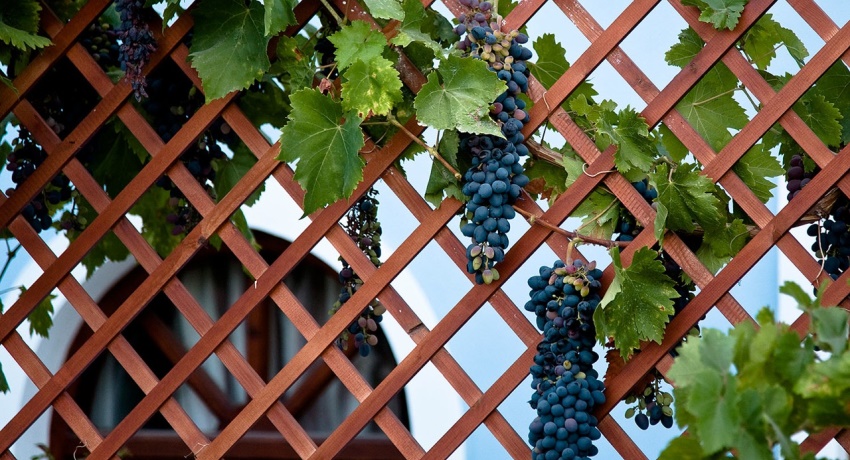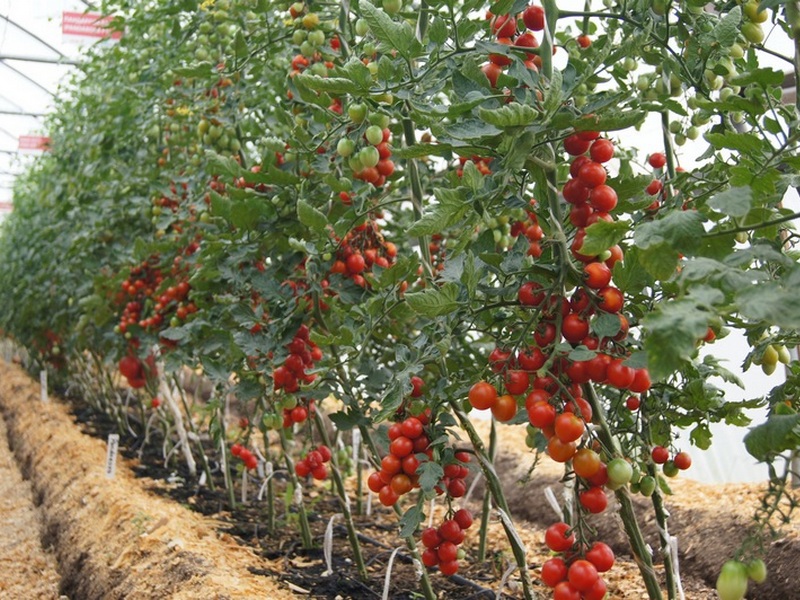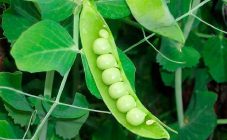Content:
Cucumbers belong to the Pumpkin family. Plants belonging to this family tend to creep along the ground, which makes it difficult to care for and can cause rotting greens. To prevent such a situation, a garter of cucumbers is required.
In particular, using this action you can:
- make the most rational use of the greenhouse area, since in the case of a garter, cucumber lashes are sent upward, and the beds below can be used to plant plants on them that need less light: cabbage, radishes, lettuce, dill;
- photophilous cucumbers will develop significantly better if all their leaves and shoots receive as much light as possible. An increased number of lateral shoots will form, and more ovaries will be formed on them, since it is on the lateral shoots that the largest number of female flowers appear. As a result, improved productivity;
- being arranged in this way, individual plants will not drown out each other, which happens when they are woven into balls on the ground;
- if you hang the bushes, they will not cling to each other, even if they are placed at a relatively close distance, 35 cm from each other;
- such an arrangement of shoots significantly facilitates their pinching, and this is an urgent need for cucumbers, since they form new lashes in the axils of their leaves. If you do not remove the extra ones, the new cucumbers that have just appeared can begin to die, since they do not have enough nutrients, food will go to the whip;
- fruits at the time of their ripening require light, with a lack of lighting, they will begin to crumble;
- after such a procedure, it is easier to spray the flowers with water, to carry out manual pollination;
- their treatment with drugs against pests or diseases is also simplified;
- the fruits themselves will ripen more evenly than on the ground, the vertical position will protect them from rotting and diseases, will allow you to maintain a uniform color;
- collection of fruits is simplified, since the gardener does not need to bend down constantly, and he also does not need to lift the bushes, which reduces the risk of injury in the process.
As a result, it will be much easier to carry out all the care activities with the tied plants. This will lead to a significant increase in their yield.
Features of a garter in a greenhouse
It is recommended to tie up plants grown in a polycarbonate greenhouse when the shoots reach 30 cm, which corresponds to the third or fourth week after planting. By this time, there will already be from five to seven fully developed leaves on the vine. Previously, this does not make sense, since plants that are smaller in size cannot be tied up properly.
At the same time, you should not tighten with the garter, already when the shoot has reached the indicated parameters, otherwise the plant will become coarser on the one hand, and more brittle on the other, and due to the loss of elasticity, it will become much more difficult to fix it properly.
In order not to harm the plant, it is required to tie the twine to its shoot not tightly, but leaving some gap.
In general, the garter of cucumbers that are grown inside the greenhouse is facilitated, since there are elements in it in advance that can be used to pull the base (arc), to which the vines will be attached further.
How to tie cucumbers in a greenhouse or greenhouse
When tying cucumbers, it should be remembered that they cling relatively easily to any element that occurs in the path of growth of their vines. Do not fasten the vine of this plant too tightly to the element on which it is tied. It is enough only to provide contact between them for some time, and then the shoot itself will wrap itself around any structure.
There are the following methods for tying cucumbers:
Horizontal. Along the edges of the ridge, two posts made of wood or metal are installed. Then a strong rope, twine or wire is pulled over them with several steps. The distance from such a stretched step at the very bottom to the ground should be 27 cm, the next ones go at intervals of 35 cm from each other. After that, the bushes are tied to a stretched arc made of the indicated materials using ribbons.
The disadvantage of this method is that the plants, having reached the bottom row, can then simply curl along it, without striving to reach the second and further. In such a situation, the bush is not too tall. Also, cucumbers often begin to cling to each other with their whiskers after the garter. In addition, when the cucumbers reach the uppermost line, the lashes will begin to shade each other.
Vertical garter. Plants reach a higher level above the ground. It makes sense if the height of the greenhouse is at least 2 m. Pegs are taken as supports, their number should coincide with the number of cucumber bushes. Further, strong cords need to be tied to these pegs fixed in the ground, their other ends are attached to the upper base of the greenhouse.
You can equip additional fasteners, which will serve as hooks installed from above using a screwdriver, or special tires made of wooden slats or wire, you can then hang these cords on them. Finally, another option is to use a wooden frame, in which case the lower bar is located on the ground, and the upper one is under the ceiling of the structure, and the wire or twine is already stretched between them.
Next, the shoots of cucumbers are wound around such cords, fixed vertically.
When the plant has long enough lateral shoots, it is required to screw them to the main stem, and it is necessary to bend the shoots with care, since they are brittle. With further growth, these shoots are already tied to the base, to which the main stem is attached, or they perform a separate base (own cord) already for them.
Do the same with respect to lateral shoots. If they start growing, they are pinched, then thrown over the tire and sent down along the central vine.
The complexity of this method is significantly less than that of the previous one, the garter itself is faster.
Garter to the trellis... It is a rare plastic mesh with a mesh size of 10-20 cm. The net is stretched vertically next to the plants. Cucumber lianas can be run on this grid both vertically and horizontally. In the best way, this method is suitable for a garter of highly curly varieties of this crop. In general, it is very effective, but the costs of the gardener when choosing in his favor increase.
When buying a trellis net, it is recommended to check its strength, if the product is not strong enough, it can break in the greenhouse, as a result the seedlings will suffer.
Mixed way... They are chosen if the plants are arranged in a circular pattern in a polycarbonate structure. A certain number of rods are driven into the ground, placing them in the shape of a cone. Next, a mesh is pulled onto this base, through the cells of which the whiskers of the shoots are passed. Further, the plants, elongating, braid this structure on their own.
Blinding method. Assumes that a garter is made on the main stem of each plant. It is attached either to a twine stretched vertically, or to a net arranged in this way. Further, at a height of approximately 30-50 centimeters from the ground, all whiskers and shoots are removed. As a result, a blinding zone is formed, which reaches the height of the fourth or sixth leaf.
Among the materials used for the garter, it makes sense to highlight the twine made of synthetic polypropylene belonging to the TEKS1000 and TEKS 1200 brands. This material has a high strength index and does not suffer from moisture. In addition, it is not too expensive. It can be used for both vertical and horizontal garters. At the same time, its texture is somewhat harsh for sensitive cucumber stalks, and this material is also not very pleasant to touch with your hands. It does not decompose in the soil, if it is not removed in time, it will remain in the garden in the form of litter.
Another recommended option is jute cord, a product made of this material is pleasant to the touch, its texture is no longer so rough for cucumber vines.
At the same time, this type of twine is more expensive, and this material is also prone to swelling, which leads to a decrease in its strength indicators.
Knowing how to tie cucumbers in a polycarbonate greenhouse or in the ground correctly, you can increase yields and facilitate planting maintenance.
Recommendations for further care
Caring for cucumbers is greatly facilitated if they are previously tied. But in this case, the existing recommendations should be strictly observed, otherwise it will not be possible to increase the yield of this crop.
Tied cucumbers need to be watered regularly as the earth dries up, while water should be poured not at the root, but on the ground around the shoot itself. Of course, this task is facilitated when the plant is tied up. It is required to use a watering can, and not a hose, and the temperature of the liquid itself should be in the range of 20-23 degrees, colder water leads to the fact that the plant becomes sick and even begins to rot.
Top dressing of cucumbers is combined with watering, it is carried out approximately 1 time in 10 days. In this case, take 10 liters of water and add 1 liter of thick cow dung to it, and then add 25-30 g of ammonium nitrate or urea to this mixture.
It is necessary to regularly weed cucumbers, removing all weeds growing around the seedlings, otherwise they will take away nutrients from the greens.
When the cucumber blooms, 50 g of potassium salt and superphosphate should also be added to the composition, it also makes sense to add the following additives:
- zinc sulfate weighing 100 mg;
- manganese sulfate - 400 mg;
- boric acid 500 mg.
When feeding is done, water the soil around the roots of the plant, this will help to ensure that all the nutrients go into the depths. Otherwise, there is a risk that they will burn the stems of the plant.
Already when the cucumbers began to bear fruit, they are watered with the same solution, only the mass of potassium salt and superphosphate added to the composition is brought to 60 g.
Weeding is combined with loosening, this operation must be carried out with extreme caution, since in this culture the roots are located relatively close to the ground and are easy to damage.
After the plantings have bloomed, insects that pollinate the flowers should be given access to the greenhouse. In addition, its internal space also needs to be regularly ventilated, however, drafts should not be allowed to form, their plants cannot tolerate.
Step-by-step care of cucumbers in compliance with the above rules will make it possible to get a decent harvest of cucumbers. After the fruits are harvested, it is not recommended to plant the same crop in the same location for the second year in a row. The best solution would be to place, for example, tomatoes in the same greenhouse for the next season.
